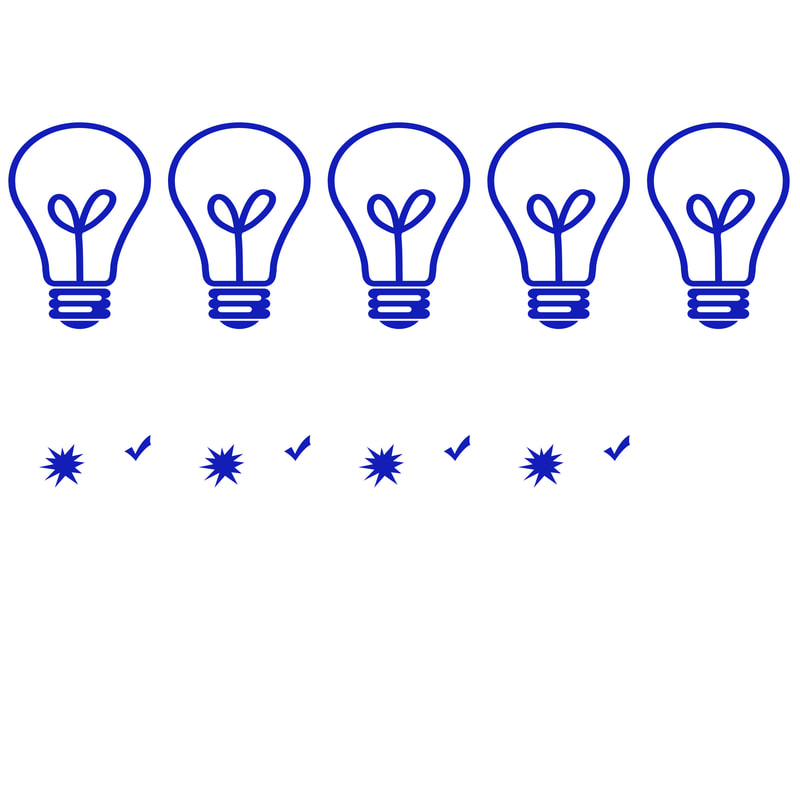5 Ways Repeat Patterns

Repetition is a fundamental element in various aspects of human creativity and perception, from art and music to literature and even cognitive psychology. It serves as a form of emphasis, creating rhythm, reinforcing learning, and inducing a sense of unity or coherence. Here, we explore five distinct ways repeat patterns manifest across different domains, highlighting their significance and impact.
1. Artistic Expression and Design
In the realm of art and design, repeat patterns are used to create visually appealing and cohesive pieces. From the intricate Islamic geometric patterns that adorn mosques and palaces to the vibrant, repeating motifs in African textiles, repetition plays a crucial role in aesthetic appeal. Artists and designers leverage repeat patterns to achieve several effects: - Unity and Harmony: By repeating certain elements, such as shapes, colors, or motifs, artists can create a sense of unity and harmony within a piece, guiding the viewer’s eye through the composition. - Visual Interest: Repetition can add complexity and visual interest, making a piece more engaging and captivating. - Cultural Significance: In many cultures, specific repeat patterns hold symbolic meanings or signify particular beliefs and traditions, serving as a form of non-verbal communication.
2. Musical Composition
Music is perhaps the most obvious domain where repeat patterns are not just common but fundamental. Musical structures, such as rhythm, melody, and harmony, are built on repetition. - Rhythmic Patterns: The repetition of rhythmic patterns creates the foundation of music, providing a sense of predictability and structure that listeners can follow and anticipate. - Melodic Motifs: Composers often use melodic motifs—short, repeating patterns of notes—that are varied and repeated throughout a piece to create unity and thematic development. - Structural Repetition: Larger structural elements, such as the repetition of verses in popular music or the sonata form in classical music, rely on repetition to create a sense of familiarity and to explore musical ideas in depth.
3. Literary Devices
In literature, repeat patterns are utilized through various devices to convey meaning, emphasize themes, and create specific effects on the reader. - Repetition in Poetry: Poets use repetition of words, phrases, or lines to emphasize certain ideas, create rhythm, or explore different nuances of meaning. - Narrative Structures: Some novels and stories employ repetitive narrative structures, such as the cyclical pattern of events, to explore themes of time, fate, or the human condition. - Symbolism: Repeated symbols or motifs throughout a text can carry deep symbolic meanings, adding layers of interpretation to the narrative.
4. Learning and Memory
Repetition is a cornerstone of learning and memory. The process of repeating information, actions, or skills helps solidify them in long-term memory and improve performance. - Educational Principles: Educational methods often incorporate repetition, from drilling multiplication tables in mathematics to rehearsing lines in a play, to reinforce learning and build confidence. - Neurological Basis: Neurologically, repetition strengthens synaptic connections in the brain, making it easier to recall information or perform tasks.
5. Cognitive and Behavioral Patterns
In psychology, repeat patterns are observed in cognitive biases, behavioral habits, and emotional responses. Understanding these patterns is crucial for personal growth, interpersonal relationships, and mental health. - Habits and Routine: Repetitive behaviors can become automatic, influencing daily life, productivity, and well-being. Recognizing and intentionally shaping these patterns can lead to positive changes. - Emotional Patterns: People often exhibit repeat patterns in their emotional responses to similar situations, which can be both protective and limiting. Awareness of these patterns can facilitate emotional intelligence and healthier relationships.
In conclusion, repeat patterns permeate various aspects of human experience, from the creative arts to the intricacies of the human mind. They serve as a tool for expression, a mechanism for learning, and a fundamental element of structure and unity. Through repetition, we find rhythm, meaning, and coherence in the world around us. Whether in the visual harmony of a mosaic, the melodic refrain of a song, or the reinforcing loops of habit and memory, repetition is an indispensable element that enriches and organizes our experiences.
What role does repetition play in learning and memory?
+Repetition is essential for reinforcing information, actions, or skills, helping to solidify them in long-term memory and improve performance. It strengthens synaptic connections in the brain, making recall easier and more efficient.
How are repeat patterns used in artistic expression?
+In art and design, repeat patterns are used to create unity, harmony, and visual interest. They can also carry symbolic meanings and are integral to the aesthetic appeal of a piece, guiding the viewer's eye through the composition.
What is the significance of repetition in music?
+Repetition in music provides structure, creates rhythm, and emphasizes certain musical ideas. It is fundamental to melody, harmony, and rhythm, making music predictable, engaging, and memorable.
In exploring the multifaceted role of repeat patterns across different domains, it becomes clear that repetition is not merely a tool for emphasis or a mechanism for unity but a profound element that underlies the fabric of human creativity, cognition, and emotional experience. Whether intentionally crafted or organically occurring, repeat patterns offer insights into the workings of the human mind and the essence of artistic expression, underscoring the complexity and richness of human perception and creativity.
